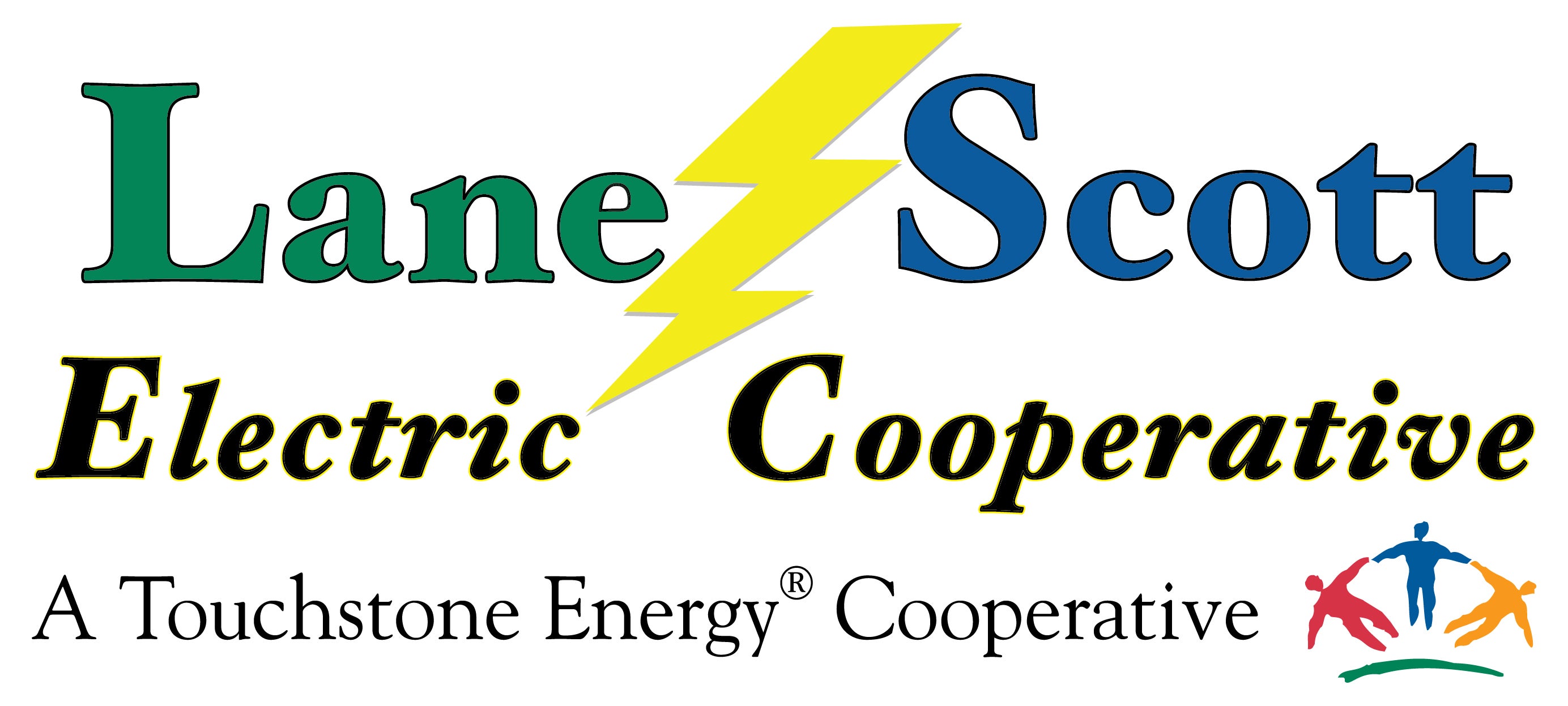Providing reliable electricity for our members is our mission at Lane-Scott Electric. Maintaining our infrastructure minimizes damage sustained by our system. Part of our maintenance routine involves evaluating the condition of our utility poles. Pole testing is a standard procedure for electric utilities and is an essential practice to catch potential weaknesses before problems arise. “Poles that have internal rot or base decay don’t fair-well in ice or strong storms. We want to do everything in our power to prevent massive infrastructure failure,” says General Manager, Richard McLeon. Every pole on Lane-Scott’s system is to be tested every 10 years, which for Lane-Scott means around 4,600 poles are tested every year.
This year, pole testing is underway, but with a new process using upgraded ultrasound technology. Lane-Scott has hired Utility Asset Management (UAM) who uses a new Non-Destructive Evaluation (NDE) process to test poles.
The traditional pole testing method involves excavating around each pole to a depth of eighteen inches to check for base rot. A core sample is then taken and analyzed by the technician. If the pole passed inspection, the pole’s exposed base was chemically treated, wrapped with moisture barrier, and replaced with excavated dirt. The problem with this process, is that exposing the base leaves the pole in a weaker state, and the replaced excavated dirt does not provide the support poles had prior to the excavation. A recent study found that each drill test causes 4.2% reduction in remaining strength of the pole.
The NDE process, is a more efficient hybrid technique. The technique uses soundwaves (ultrasound) to perform the initial test without the need to bore or excavate the base of the pole. The ultrasonic testing identifies good wood before damaging it. If the ultrasound readings indicate the pole is solid with no signs of moisture or decomposition, the pole passes inspection.
President of Utility Asset Management, Wayne Hall, explained, “You wouldn’t want your doctor to pull out a scalpel before taking your temperature. By using ultrasound, we can get a good idea if the pole has issues without ever having to dig, drill, or otherwise compromise a healthy pole.”
The process technicians use for ultrasound testing is as follows:
- The technician does a visual pole inspection looking for splits, broken cross-arms, and fire damage from lightning strikes.
- The traditional method of testing the base of the pole is used (giving the pole a few taps with a hammer). The inspector listens for any hollow sounds that would indicate heart rot issues.
- A physical shell rot test is completed at 3 different points.
- After the visual inspection, the technician attaches the waveguides for the ultrasound test 24” above ground line (AGL). Data from 2” AGL and 24” AGL is sent to their tablet where results are immediately received and diagnosed.
- Photos and reports of each pole are then sent to a database that will later be provided to Lane-Scott.
- The inspector concludes the inspection by tagging the pole.
“The data that is collected and stored can make a difference long-term. After several years of testing poles for the same co-op, we can better understand where problem areas lie on the utility’s system. We can provide our customers enough data, so they might increase testing in those areas, or change the size of the poles,” explained Hall.
This year, Lane-Scott’s priority testing areas begin with the 34.5 poles south of McCracken, working north towards the Ransom Substation, the 34.5 poles from Bazine to Ness City, and the area north of Ness City.
